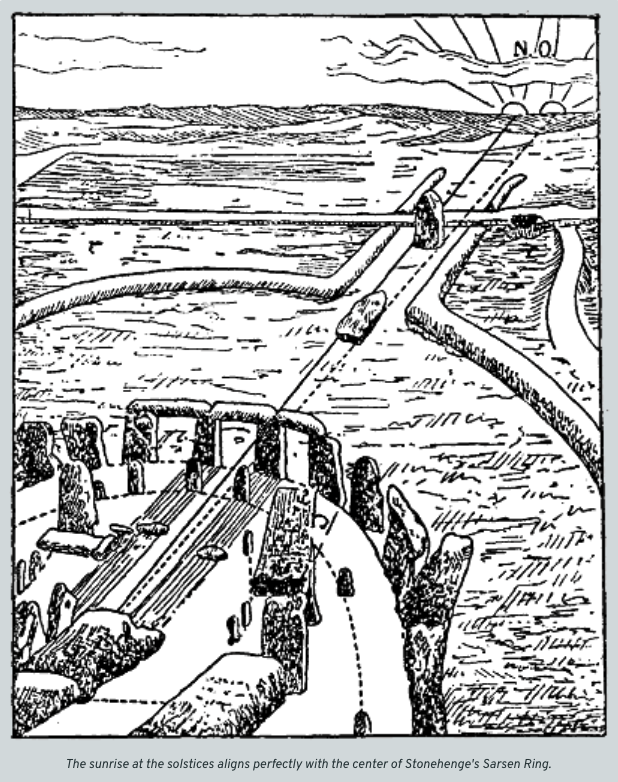Stonehenge
For millennia since its erection in 3300 BC, Stonehenge served as an important ritual structure to the Chalcolithic people of Southern England.
For millennia more after its abandonment as a place of worship, those who have studied the structure and lived in its shadow have speculated as to the exact significance of its design -- its ring of sarsens, 30 four-meter-tall stones joined together with lintel stones topping them, that surround a smaller ring of bluestones which themselves surround a set of five large trilithon stone formations. The central trilithon lines up with the points where the sun rises in the area on the summer and winter solstices….All told, Darvill’s research on Stonehenge paints a picture of a remarkably sophisticated Chalcolithic calendar that could have been used to inscribe time itself into the landscape of ancient England using principles that would seem familiar to a modern time-keeper. Its design — based around human ritual technology but aligned to the rhythm of the earth’s annual orbit around the sun — is even reminiscent of the Clock of the Long Now, which features an analog time-keeping mechanism — the Solar Synchronizer — that is regularly re-aligned with the pattern of the Sun.

